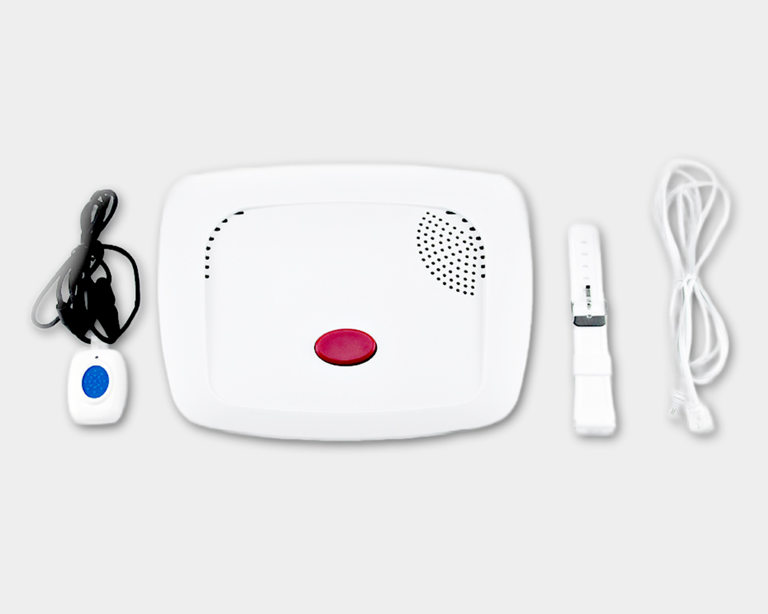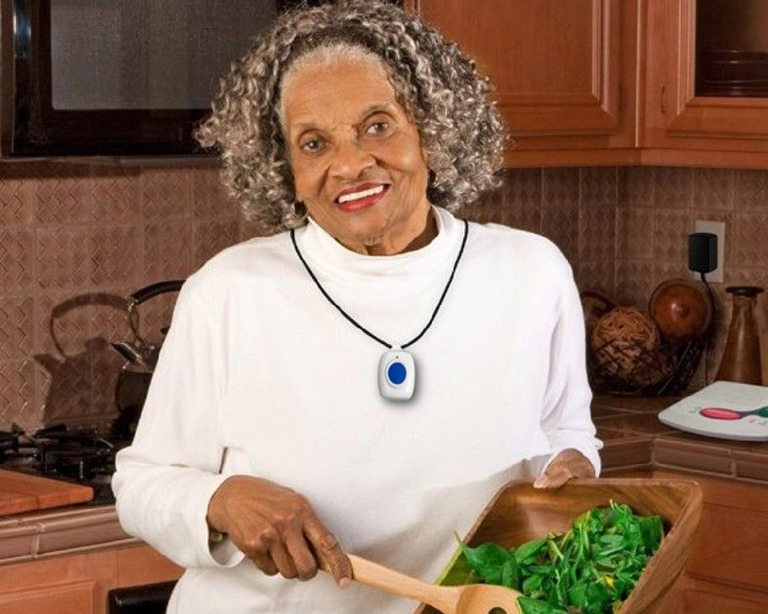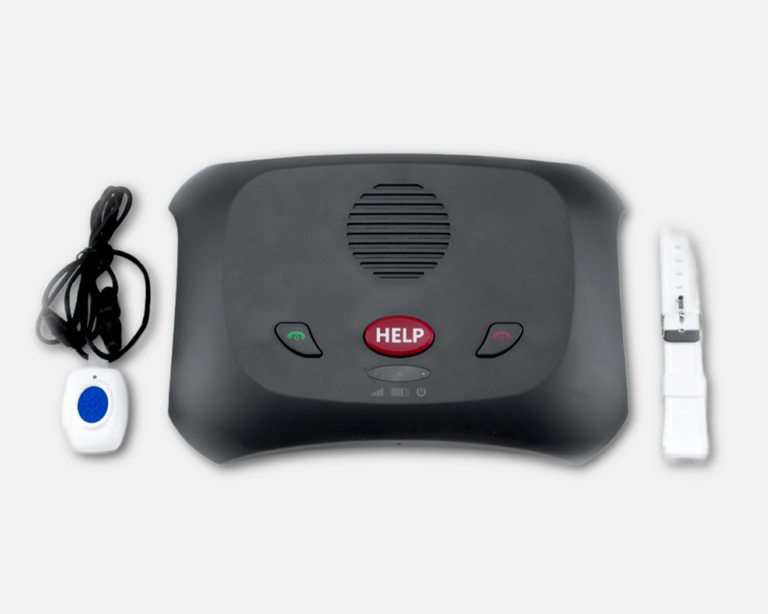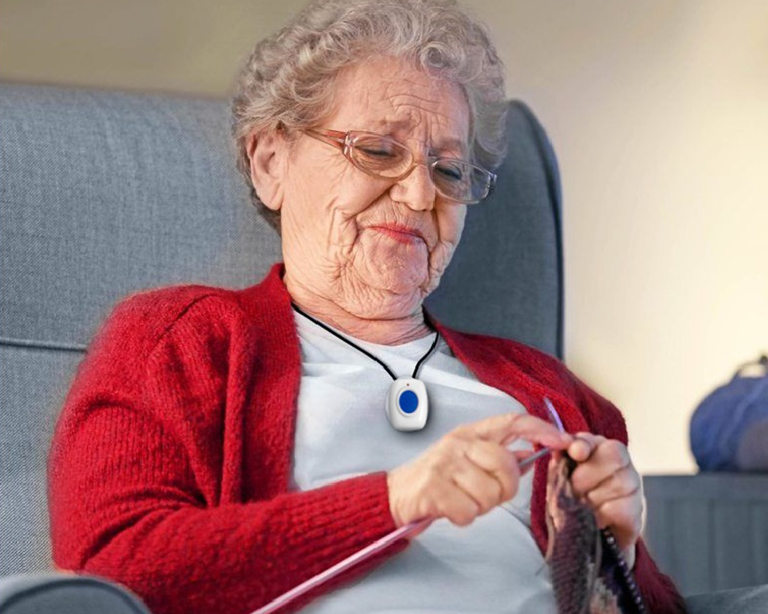By |

Making the decision to wear an alert pendant can be challenging. These devices are meant to be worn around the neck or wrist. This visibility makes the pendant a constant reminder of a person’s health and age. Still, it is always better to err on the side of caution. Even if you don’t think you’re ready to wear a care alert pendant, you may be surprised to learn that investing early can reap benefits later in life.
The AARP, also known as the American Association of Retired Persons, is one of the most important voices in the medical alert system discussion. Many seniors and retired people look to the organization for advice when making big, age-related decisions, like investing in a medical emergency alert pendant. Below, we’ve distilled the AARP’s advice and given you a few emergency pendant options to suit your lifestyle.
What Does the AARP Recommend?
The AARP highly recommends using a medical alert system – even before a user thinks it may be necessary. These systems can allow seniors to live longer, more active lives. Whether the emergency alert pendant is used during an accident or simply provides comfort in living independently, the mental and physical benefits of these devices are immeasurable.
For example, the AARP points out that retired people never know when an accident will strike. In a story the AARP published in 2010, a man sat on a stool to put on his shoes, but it collapsed under him. He slammed his head into the bedframe door, and though his wife was in the house, she couldn’t hear his shouts. The medical alert pendant he wore around his neck allowed him to get the medical attention he needed.
This example demonstrates just how random accidents can be. Even if you are mobile and healthy, falling can cause significant damage to aging bodies. Whether your stool collapses, you slip off a step, or miss the couch you go to sit on it, an emergency pendant can mean the difference between serious injury and fast medical help.What the AARP Says About Choosing Your Med Alert Pendant

Many seniors look to the AARP for advice on investments like a medical alert device. While the organization does not endorse any specific medical alert system provider, they do have a helpful guide to choosing a device to suit your lifestyle.
Additionally, the organization writes that seniors should never feel pressured into a long-term plan by a provider. If you’re considering using an Alert1 emergency alert pendant, know that we will always give you the straightforward information you need to make an informed decision. Your health and comfort are our priority.
Still, we want to give you as much insight into our products as possible. Included with all Alert1 medical alert systems, you’ll receive:
- Unlimited Button Pushes
- 24/7 Command Center Protection
- Free Equipment Use
- Works In & Around the House
- Coverage in All 50 States
- Call 911, Family or Friends
Alert1 offers two types of medical alert pendants: one for at-home use, the other for use on the go. Each has a different price point and offers a different range of services. Some options even have added fall detection. Users can choose which works best with their lifestyle.
Medical Alert Pendants from Alert1
- Phone Not Required
- Fall Detection Available
- Built-In Speaker





